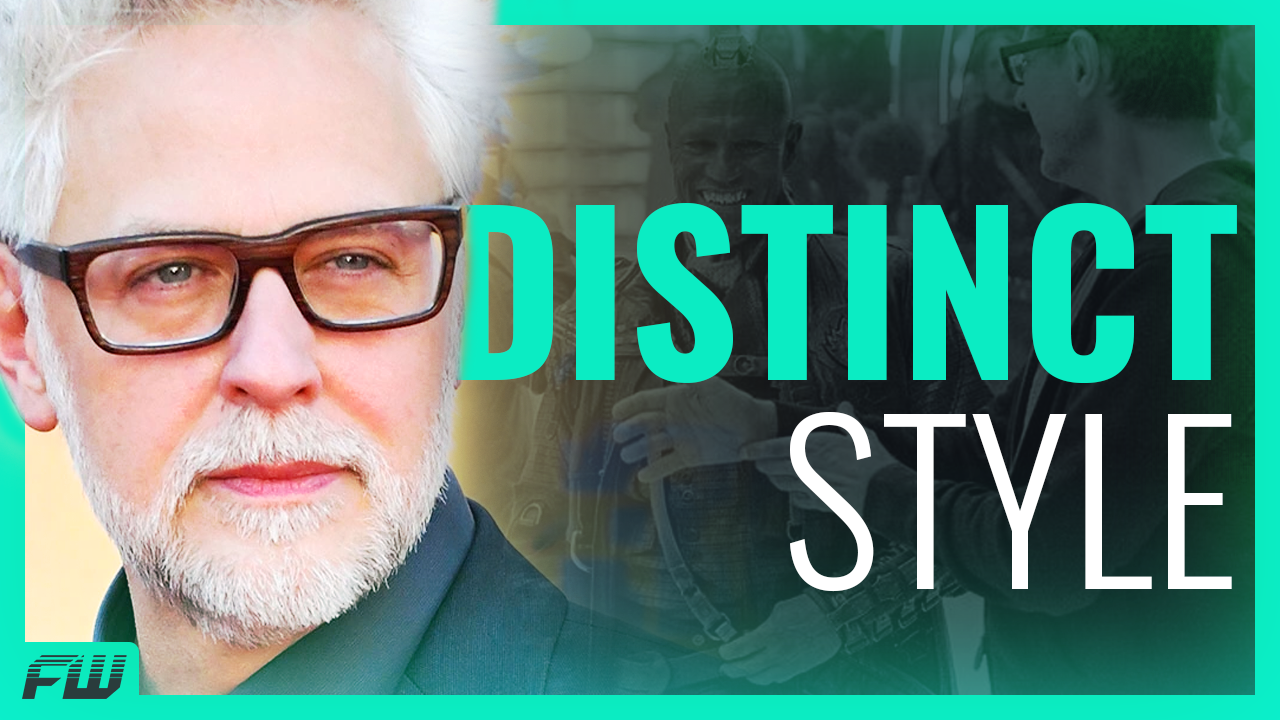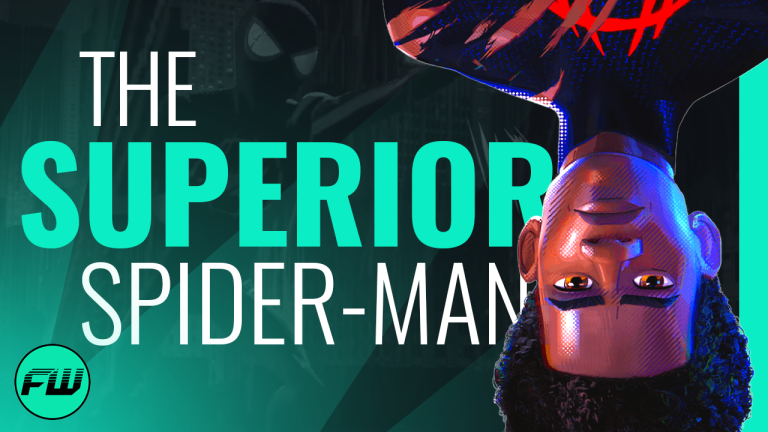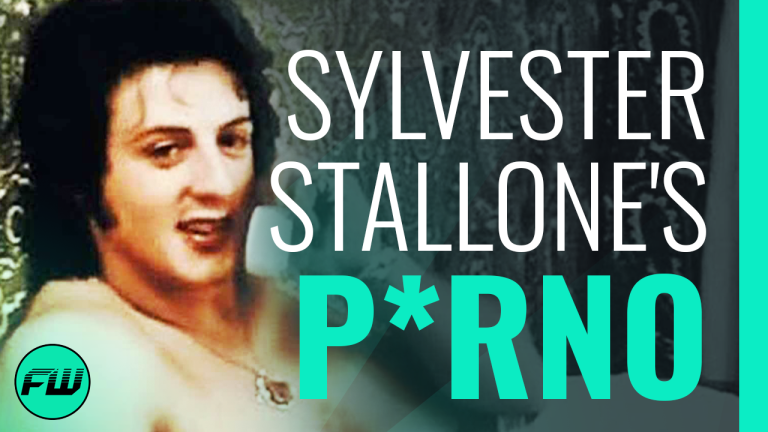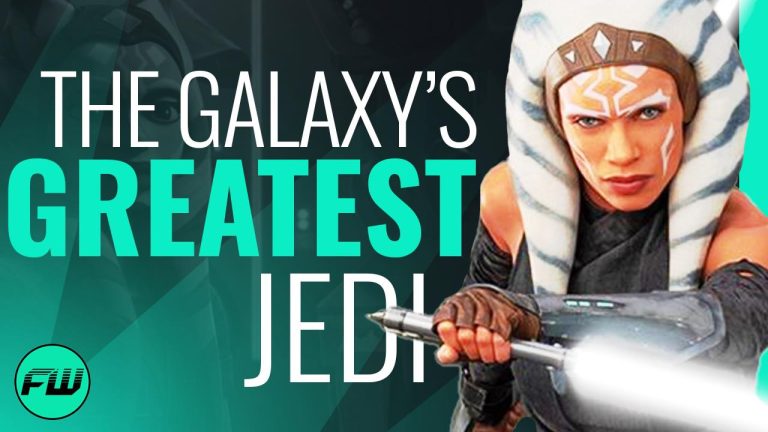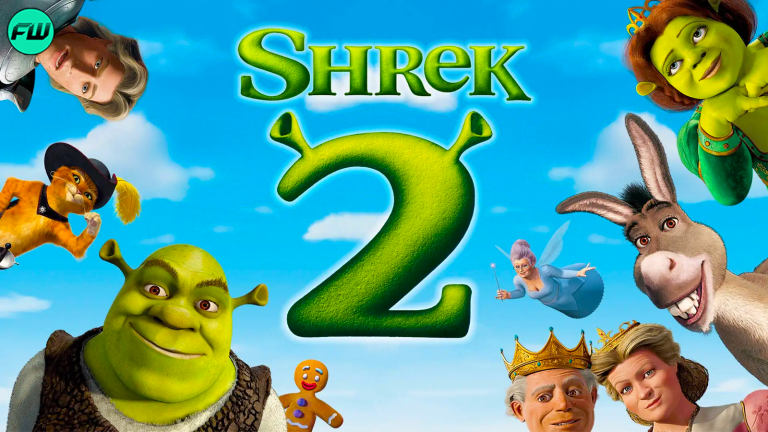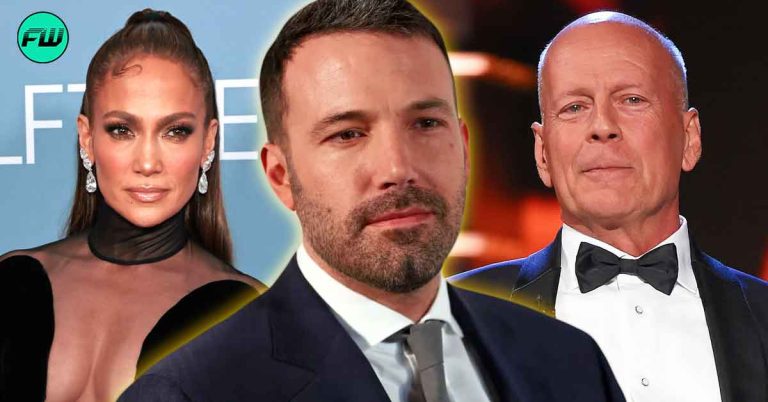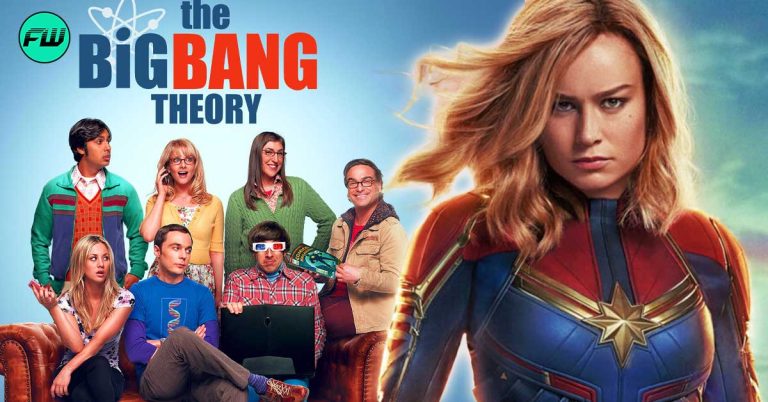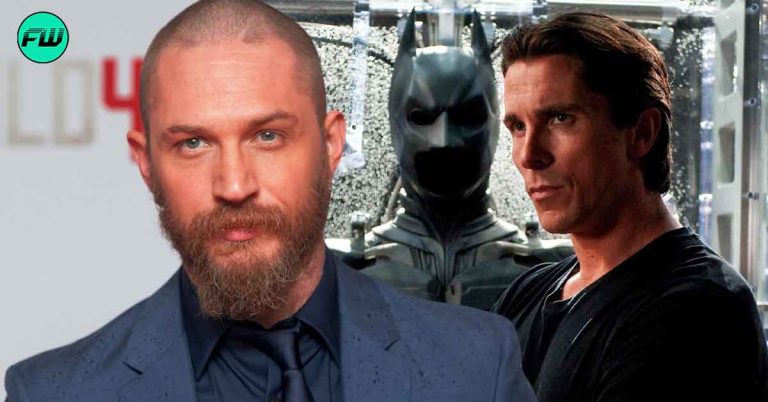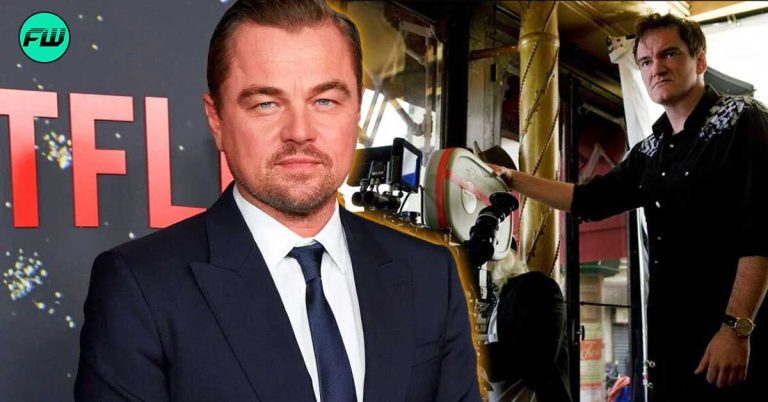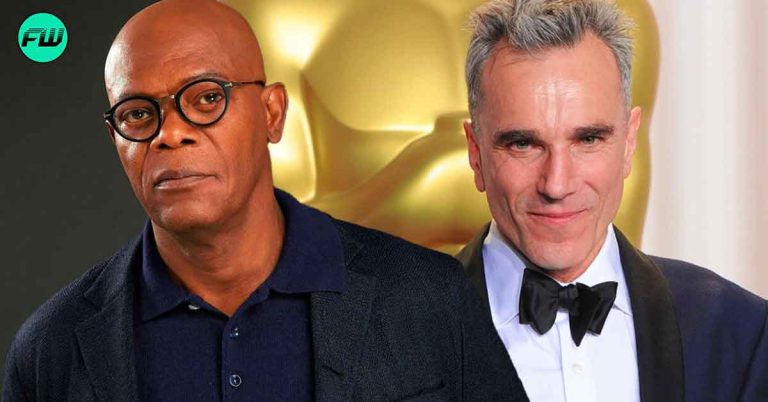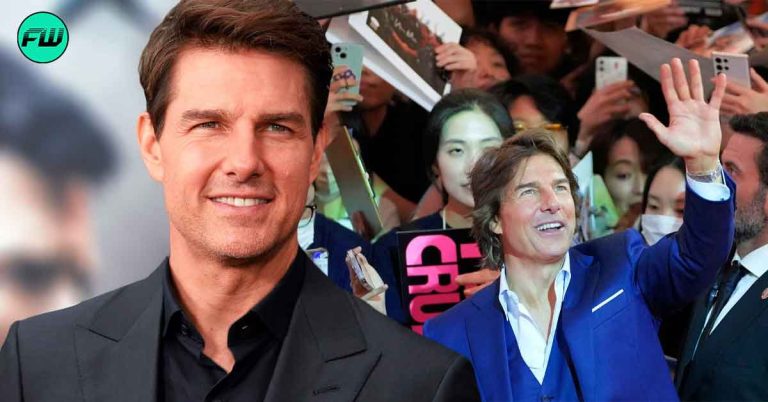In this FandomWire Video Essay, we explore the distinct style of James Gunn.
Check out the video below:
Subscribe & hit the Notification Bell so you never miss a video!
What Makes James Gunn Unique
Perhaps more than any modern filmmaker working today, there is nothing that compares to the signature, distinct voice of James Gunn. Be it filtering his scripts through a grimy sheen of dark humor, injecting note-perfect soundtrack selections into each piece, highlighting the resilience of outcasts, or focusing on the concept of “found family,” Gunn brings personality and quirkiness to every single one of his various projects. According to an interview conducted for St. Louis Mag, as a Fangoria magazine-obsessed youth, James Gunn fixated over classics like Night of the Living Dead and Friday the 13th. Is it really any surprise that he went from making 8-millimeter films with his brothers to experiencing an illustrious career filled with major ups and downs?
Gunn, who started working for low-budget indie horror studio Troma Entertainment making just $400 a week, seamlessly transitioned into big-screen horror comedies before putting his own spin on the superhero genre, starting with 2010’s Super. Jumping from indie horror darling to lording over the entire DC Extended Universe is no small accomplishment—leave it to James Gunn to confidently forge ahead on a Hollywood path of his own making. Many have played the game before, but none have colored quite as brightly or stuck to their metaphorical guns in the same way as auteur, James Gunn. But what is it about Gunn’s distinct and specific style that stands out and elevates it above the work of so many of his counterparts? What makes his films feel so unequivocally and specifically… him? To fully understand the artistic stylings of James Gunn as an Auteur, there are four main pillars to be examined. The four core elements that make up a James Gunn film.
So, sit back, strap in, boot up a veritable Awesome Mix tape, and enjoy the ride…
If you’re enjoying the content, be sure to give us a like, and don’t forget to subscribe and hit the notification bell so you never miss a video!
PILLAR 1: DARK HUMOR
Heart is always hiding just underneath the dark humor that is the lifeblood of Gunn’s filmography, especially in the case of his earlier works. From Slither to The Suicide Squad and everything in between, Gunn refuses to double down on darkness and grit such as we would find in, say a Batman movie. It’s a combination unlike anything else we’re seeing in the world of mainstream cinema. Where else can you find a massive exploding woman whose body is a breeding ground for slug-like parasites? How about a superhero hopeful who imagines getting raped in prison if he gets caught? What other Marvel film would have the audacity to feature a tied-up talking raccoon laughing hysterically at a villain who has self-named as Taser-Face or Drax doubling down on being “invisible” despite being overtly… visible? Gunn’s vision is all so delightfully specific, crafting a world that invites audiences to live inside of it fully.
Even the films Gunn only wrote and did not direct share his trademark sensibilities. Look no further than Scooby-Doo, the rare live-action movie based on an animated property that is actually good. Somehow, both Scooby-Doo films written by Gunn seem to genuinely understand the assignment by injecting dark humor and sassy characterizations into the mix. The Belko Experiment also has sharp writing, and an R-rating that leans hard into the horrors of human nature; Dawn of the Dead 2004 follows this path by being overly critical of our actions in times of distress.
Early on in his filmography, Gunn explored themes and ideas that would shimmer and morph into much bigger projects, with insanely higher budgets. Working with practical effects allows the audience to trust what the creator is putting to screen. During a set visit for The Suicide Squad, Gunn made the bold claim that the film was “almost entirely practical,” and spoke of the massive sets. Of course, the scale may be much grander, but Gunn has thrived in the world of special effects since those aforementioned days at Troma, using over-the-top gore in a manner that’s often so absurd that it rises to the level of shock-value humor. There’s a very fine line between a man being split in half down the middle in Slither versus humans being completely torn apart and decimated by King Shark in The Suicide Squad. Tangible effects add a whole other layer to the sight gags of Gunn’s machinations. Big gory action violence are his bread and butter—creepy monsters, tentacles, gooey nastiness, and more are all featured within. Without a broken bone, sliced-open skull, or wrench to the face, is it even a James Gunn film? In the words of Howard the Duck, “you’re out of luck until you’ve gone duck!”
In the real world, Gunn’s off-brand humor actually got him into a bit of trouble—in 2018, a series of social media posts resurfaced that resulted in an abrupt firing from Disney raising questions about the fate of the third and final Guardians of the Galaxy film. Deadline reported that Gunn’s “unusual” humor was the cause of his firing. DC was quick to swoop in and bring on James Gunn for a reimagined Suicide Squad, recognizing that his distinct style would make a perfect fit for the team of anti-hero mercenaries. And they were right. The end result was a semi-sequel interpretation that did the source material justice in a film that far surpassed the previous attempt. Of course, Disney wasn’t far behind, undoing the termination and bringing Gunn back for Guardians Volume 3.
PILLAR 2: MUSIC
Another signature Gunn quirk lies in his immaculate attention to a movie’s soundtrack. Eclectic music tastes and often ironic needle drops add to the overall vibe of these films immensely. Who can envision a world in which “Ain’t No Mountain High Enough” doesn’t play over a vital mood-setting ending montage, or Looking Glass classic “Brandy (You’re a Fine Girl)” is missing from an essential Guardians of the Galaxy Volume 2 flashback sequence? Even surprising touches such as indie favorite The Decemberists featured for their “Sucker’s Prayer,” or Air Supply’s obsessive-tinged “Every Woman in the World” are easy-listening jams that beg for streaming soundtrack downloads. Every single piece of music carries the delicate touch of their master curator.
According to a conversation with Vulture, Gunn wanted to help “ease the audience into the movie” when crafting the tunes that would appear on Guardians of the Galaxy’s Awesome Mix Volume 1. That now-iconic soundtrack includes 70s gems “Hooked on a Feeling” by Blue Suede and David Bowie’s “Moonage Daydream,” both among the rich 70s-infused songs cherry-picked by Gunn.
For Guardians 2, Gunn dipped back in that well, specifically to muse over tracks that Peter’s mother would have loved. This character-based attention to detail is a vital element to curating the overall movie-going experience and it’s a touch that Gunn has mastered.
Gunn’s approach is unique in that he writes his needle drops into each of his screenplays. Speaking to NME, he discloses that the songs are also broadcast on set during their subsequent scenes. This is a welcome change to how the majority of filmmakers approach incorporating music into their productions. Rather than being an afterthought to be discussed and figured out in post-production, the music acts as an essential part of the story. It’s its own character and the performers are brought in on the process, allowed to experience the music in the same way the audience will. The method helps the actors properly emulate the mood of the sequence, riffing off an established atmosphere it helps to foster.
Harley Quinn’s enthralling escape sequence in The Suicide Squad perfectly epitomizes that approach in the wild. Margot Robbie’s Harley completely decimates anyone she encounters in an epically-choreographed one-take sequence, accompanied by David Lee Roth’s “Just a Gigolo.” The single most iconic moment of the first Guardians—hatchling Groot secretly dancing—would not be halfway as iconic without The Jackson 5’s “I Want You Back.” Gunn makes movie magic sing, at the mercy of his creatively-charged brain.
Even when delving into television, Gunn perfects his use of music. Peacemakers’ absurdly hilarious and toe-tapping opening credits are proof of this, launching “Do You Wanna Taste It” by Wig Wam to become the Number One song on the iTunes Rock charts over a decade after its initial release.
PILLAR 3: THE OUTCASTS
Another essential element in the toolbox of James Gunn are his central characters, often portrayed as social outcasts or anti-heroes. When Guardians of the Galaxy was first announced, many predicted that it would flop due to the lack of outwardly likable or well-known characters. Of course, proving the nay-sayers wrong was as simple as releasing the film to rabid audiences craving fresh blood in the superhero genre. Gunn’s movies aren’t successful because they focus on these folks that exist on the fringes of society; rather, they add an extra layer of representation to the underrepresented. Besides, who wants to watch boring heroes saving the day constantly, anyway?
Frank Darbo—aka the Crimson Bolt—of the hyper-violent, cult-favorite Super simply smacks people around violently with a wrench. The film stars Rain Wilson, best known as fan-favorite “Assitant TO the Regional Manager” in the American rendition of The Office. Released four years prior to the first Guardians film, Super acts as a precursor to Gunn’s jump into the superhero genre he’s now best known for. It’s a much darker vision than he’d lean to in the Marvel Cinematic Universe, featuring a socially awkward lead with a distorted moral compass driven by his deep love for his wife. It’s a surprisingly complex depiction of a broken man trying to hold the pieces of his life together while also attempting to become a superhero.
Peter Quill, or “Star-Lord” as he likes to be called, is similarly complex. After all, his mother passed away from cancer when he was very young, and his father is a Celestial living planet obsessed with “remaking” the entire universe in his own image.
Starla of Slither is so deeply rooted in a toxic relationship that she will stop at nothing to rehabilitate her troublesome, abusive husband well after he is past the point of no return. The Suicide Squad’s Polka Dot Man has so much internalized trauma from his mother that he envisions every being around him as taking on her visage. And Peace Maker is desperately trying to find his way while battling the demons of his past and longing for the approval of his evil, white-supremacist father “The White Dragon.” What all of these characters have in common is that none of them are cookie-cutter black-and-white individuals—Gunn crafts his players as meticulously as he does the musical arrangements that accompany them.
Beyond the typically-human characters, Gunn has a way with humanizing monsters. From extraterrestrial tree monster Groot to meteorite-alien “The Long One,” to giant sentient starfish “Starro” (STAR-OH), ravenous King Shark, or a sassy talking raccoon, every single one of them have been portrayed with an unforeseen level of nuance and care that would be more typical to find in an animated production. Richly-defined characters with strong personalities are not typically associated with superhero properties, yet James Gunn debunks this trope again and again. This branches off directly into our final and perhaps most important Pillar yet: the found family.
PILLAR 4: FOUND FAMILY
Every James Gunn flick could be described as an “ensemble piece” elevated by the tightly-knit bonds between characters. Their characterization is nothing without a channel through which to funnel their eccentricities. Familial bonds in these movies most often come by way of personal connections rather than by bloodline. The concept of “found family,” rather unique to the queer community, reverberates through Gunn’s work. Those we connect to the most do not have to be related by blood; instead, the bonds of shared experiences, group trauma, or other factors can result in finding a family rather than being born into one.
What would the Crimson Bolt be without his aptly-named sidekick, Boltie? Guardians of the Galaxy only formed together out of necessity, first to escape imprisonment—each are individually criminals in one way or another—then in camaraderie to take down the horrid Ronan the Accuser. Groot, Rocket Raccoon, Gamora, Drax, and Star-Lord Peter form the ultimate Gunn dream team. The Suicide Squad is dispatched by Amanda Waller, yet the bonds they form with one another are not even on their radar when their team first heads for battle. The frazzled group at the center of 2005’s Dawn of the Dead remake are forced to shack up together in an abandoned mall mid-apocalypse, finding commonalities and a sense of community as they try to survive.
An especially intimate connection comes by way of Ving Rhames’ Kenneth as he communicates by holding up signs with another survivor stranded on the roof of a gun shop. In the darkest moments, human connection can help us come together in ways that are not easily explainable.
Over the course of nearly two decades in the business, Gunn has formed a “found family” of his own making; working with a core set of actors and creatives, recurring faces practically make any James Gunn production into the next installment of his de facto theatre troupe. Michael Rooker, Sean Gunn, Nathan Fillion, and Gregg Henry are all frequent Gunn collaborators, having starred in at least four of his movies. It’s like Tim Burton with Johnny Depp and Helena Bonham Carter. Or Martin Scorsese with Robert DeNiro and Leanardo DiCaprio. These incredibly close working relationships that elevate the final product. It’s life imitating art, or perhaps, even art imitating life.
The sandbox James Gunn works within allows him to color outside the lines, to push the boundaries of dark humor, and to create lovable, full-fledged characters to root for. Displaying a clear understanding of big-budget cinema and adoration for the throwback monster movie, Gunn has taken the reins of the DC Extended Universe.
If his preceding credits are any indication, James Gunn has a long future of exciting, wildly different projects in the pipeline. And whatever those projects may be, we can expect to find the four pillars of his unique style on full display.
In the words of James Gunn himself, “one should be willing to throw away a dozen ideas to come up with a good one, just as one should throw away a dozen words to come up with the right one.”
What are your favorite James Gunn movies? Are you still blasting the Guardians of the Galaxy soundtrack all these years later? Are you excited for the future of the DC Extended Universe? Let us know in the comments! Be sure to like, subscribe, and hit the notification belt to never miss a video.
Follow us for more entertainment coverage on Facebook, Twitter, Instagram, and YouTube.

